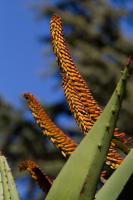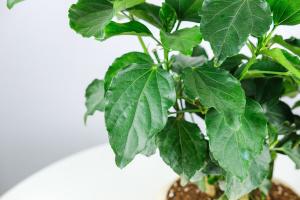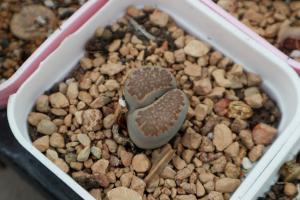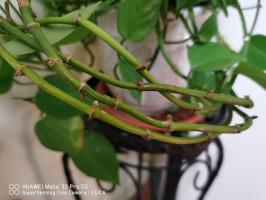What's Eating Tomato Plants?
Tomato plants are a popular choice for gardeners and farmers alike, known for their flavorful fruit and easy-to-grow nature. However, common pests can quickly destroy a tomato plant, leaving gardeners frustrated and disappointed. In this article, we will explore the common pests that eat tomato plants and how to prevent and manage them.
Aphids
Aphids are small, soft-bodied insects that feed on the sap of tomato plants. They are often found on new growth, such as the tips of branches and the undersides of leaves. Aphids can spread plant diseases and cause stunted plant growth. To prevent aphids, use insecticidal soap or neem oil. Additionally, introducing beneficial insects such as ladybugs or lacewings can help control aphid populations.
Hornworms
Hornworms are large caterpillars that can quickly strip a tomato plant of its leaves. They are easy to identify by their size and the distinctive horn on their rear end. Hornworms can be hand-picked off the plant or treated with insecticidal sprays such as Bacillus thuringiensis. Preventative measures include removing the hornworm's primary host plant, tobacco, from the garden.
Whiteflies
Whiteflies are small, white insects that feed on the underside of tomato plant leaves. They can cause yellowing and stunted growth, and also transmit plant viruses. To control whiteflies, use sticky traps or insecticidal soap. Yellow sticky traps are effective at catching whiteflies and should be placed near tomato plants.
Mites
Mites are tiny insects that can cause leaf discoloration and bronzing on tomato plants. They thrive in hot and dry conditions and can rapidly infest a plant. To control mites, use a miticide or introduce beneficial insects such as predatory mites or lacewings. Additionally, maintaining proper watering and humidity levels can help prevent mite infestations.
Cutworms
Cutworms are larvae of night-flying moths that feed on tomato plant stems, cutting them down at ground level. They can be controlled by placing collars made of paper or cardboard around the base of the plant, or treating with Bacillus thuringiensis. Additionally, planting tomatoes in areas with weed-free soil can help prevent cutworm infestations.
Conclusion
Tomato plants are a valuable addition to any garden or farm, but can quickly fall prey to common pest problems. By identifying and treating pest problems early, gardeners can protect their crops and enjoy bountiful harvests of delicious tomatoes. Regular monitoring, implementing preventative measures, and using appropriate insecticides or beneficial insects can help control pest infestations and keep tomato plants healthy.

 how many times do yo...
how many times do yo... how many planted tre...
how many planted tre... how many pine trees ...
how many pine trees ... how many pecan trees...
how many pecan trees... how many plants comp...
how many plants comp... how many plants can ...
how many plants can ... how many plants and ...
how many plants and ... how many pepper plan...
how many pepper plan...
































